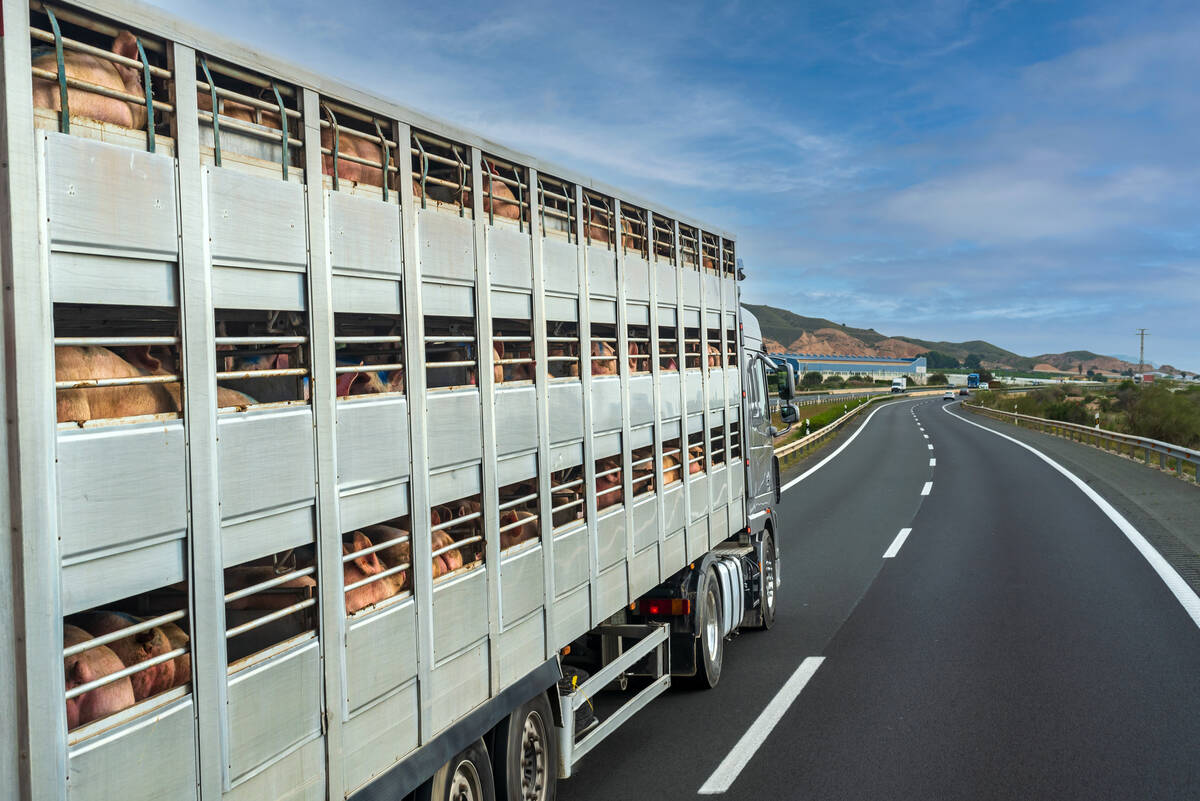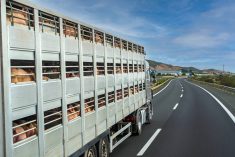North Dakota State University Extension Service veterinarian Charlie Stoltenow says flooding in some areas increases the probability that anthrax will reappear in livestock this summer.
“Producers should seriously consider vaccinating their animals before spring turnout this year,” he said in a release. He advises producers to contact their veterinarian about getting their livestock vaccinated before they go out onto pasture.
“Gathering up cattle in the summer for vaccinations is time-consuming, difficult and could have been prevented,” he said.
The anthrax vaccine is very effective and safe, according to Stoltenow. It will not cause anthrax in animals and is not dangerous to humans.
Read Also

Canada, Philippines make African swine fever zoning agreement
Canada and the Philippines have signed an African swine fever (ASF) zoning arrangement, a measure that should ensure trade can continue between the countries during outbreak of the disease.
2005 was a bad year for anthrax in the upper Midwest and Manitoba. The disease killed more than 500 animals in the region. Most were cattle, but bison, horses, sheep, llamas and farm-raised elk and deer also died.
Cases of anthrax develop in the region almost every year. However, favourable weather conditions, such as heavy rainfall, flooding or drought, may make the disease more widespread. Rain and flooding can raise the spores to the ground’s surface, where livestock graze. Drought conditions can lead to soil erosion, which also allows spores to resurface.
Anthrax is a concern because it can be a long-term problem. Spores of the bacteria that cause it can survive in the soil for many decades.














